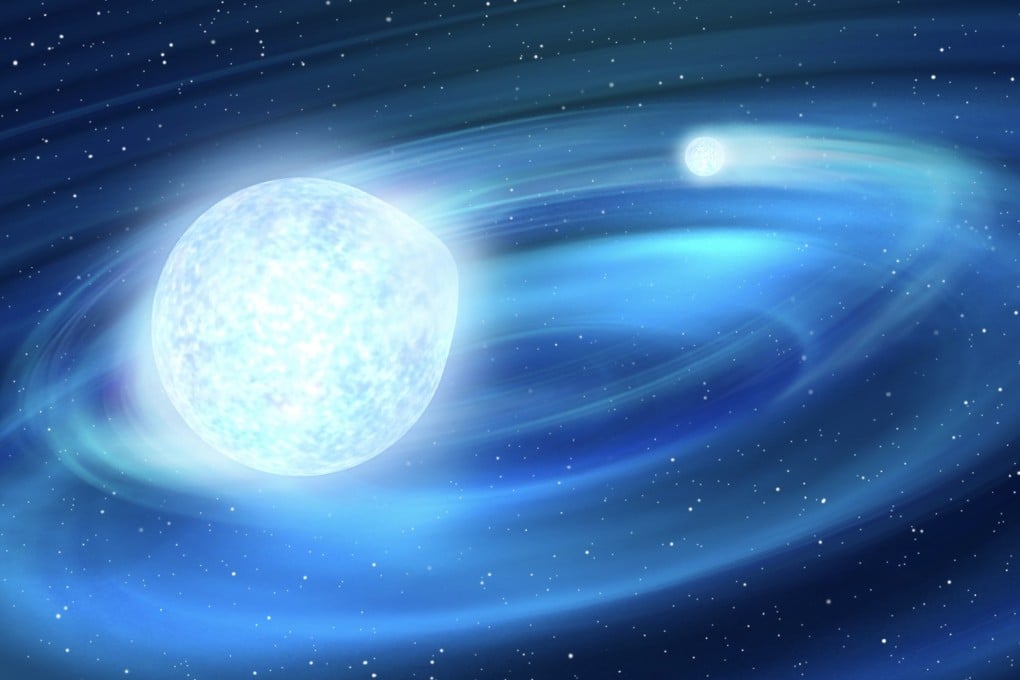China-led research team pinpoints smallest star and its ghostly lone companion
- Study reveals unique binary system made up of a white dwarf and a tiny hot subdwarf, just seven times bigger than Earth
- Discovery supports theory proposed 20 years ago by Chinese astronomers which predicted existence of small stars in such systems

Known as a hot subdwarf, the star is just seven times the size of Earth and is smaller than Saturn, according to researchers from Tsinghua University, Yunnan Observatories as well as Australia, Europe and the US.
The tiny star and its larger white dwarf companion are about 2,760 light years from Earth. It was detected with the Tsinghua University-Ma Huateng Telescope for Survey (TMTS), according to the study published last week in the journal Nature Astronomy.
The researchers said the star, dubbed TMTS J0526B, had a mass one-third the size of our sun and burned helium with a surface temperature of 2,500 Kelvin, or 2,226.85 degrees Celsius (4,040.33 Fahrenheit).
According to the study, the star and its companion, J0526A, which is too dim to be observed directly, orbit each other every 20 minutes.
“While J0526A is invisible to the telescope, we know that it exists because, for one thing, it is so dense that its gravitational pull deformed J0526B from a spherical to egg-shaped structure,” the researchers said, in a statement on Tsinghua’s website.